SAP Good Receipt Scheduling Agreement: The Ultimate Guide
Effective supply chain management is crucial for any successful business. It involves tracking the movement of goods, from raw materials to finished products, and ensuring there is seamless coordination between suppliers and buyers. A crucial aspect of managing supply chains is the use of purchase orders, which regulate the flow of goods and services between trading partners.
One of these purchase orders is a scheduling agreement, also known as a blanket purchase order. In the world of SAP, a scheduling agreement is referred to as the SAP Good Receipt Scheduling Agreement (GRSA). In this article, we will explore what an SAP GRSA is, how it works and its benefits.
What is SAP Good Receipt Scheduling Agreement?
An SAP GRSA is an official document created between the buyer and the supplier that outlines the terms and conditions of the delivery of goods or services over a specific period. It includes the agreed-upon delivery schedule, the quantity of goods or services to be delivered, and the terms of payment.
An SAP GRSA enables the supplier to plan their production schedules, as they know the number of goods or services they need to provide at a specific time. It is also beneficial for the buyer, as they can track the delivery of goods, and it helps them to manage their inventory levels.
How Does an SAP GRSA Work?
The SAP GRSA is a document that is created within the SAP system. It starts with the creation of a purchase order (PO) that outlines the terms and conditions of the agreement. Once the PO is approved, the buyer and the supplier agree on the delivery schedule and the quantity of goods or services to be delivered.
The SAP GRSA is then created by referencing the PO number, and the information from the PO is carried forward into the GRSA. The delivery schedule is entered into the agreement, and the buyer can then track the delivery of goods or services against the schedule.
Benefits of SAP GRSA
1. Improved Supply Chain Management
An SAP GRSA helps to improve supply chain management by providing a clear schedule of when goods or services will be delivered. This helps the supplier to plan their production schedule and ensures that the buyer has the goods or services when they need them.
2. Cost Savings
An SAP GRSA can help to reduce costs by providing the supplier with a forecast of the quantity and type of goods or services required over a period. This enables the supplier to plan production efficiently, avoid overproduction, and reduce costs associated with idle inventory.
3. Improved Business Relationships
An SAP GRSA helps to improve business relationships between the buyer and the supplier. By providing a clear schedule of when goods or services will be delivered, both parties can plan effectively, reducing the risk of missed deadlines and incomplete deliveries.
Conclusion
In conclusion, an SAP Good Receipt Scheduling Agreement is a crucial tool for efficient supply chain management. It helps to improve business relationships between the buyer and the supplier, reduces costs, and enables efficient production planning. If you are looking to improve your supply chain management, consider implementing an SAP GRSA within your organization.

Commentaires récents